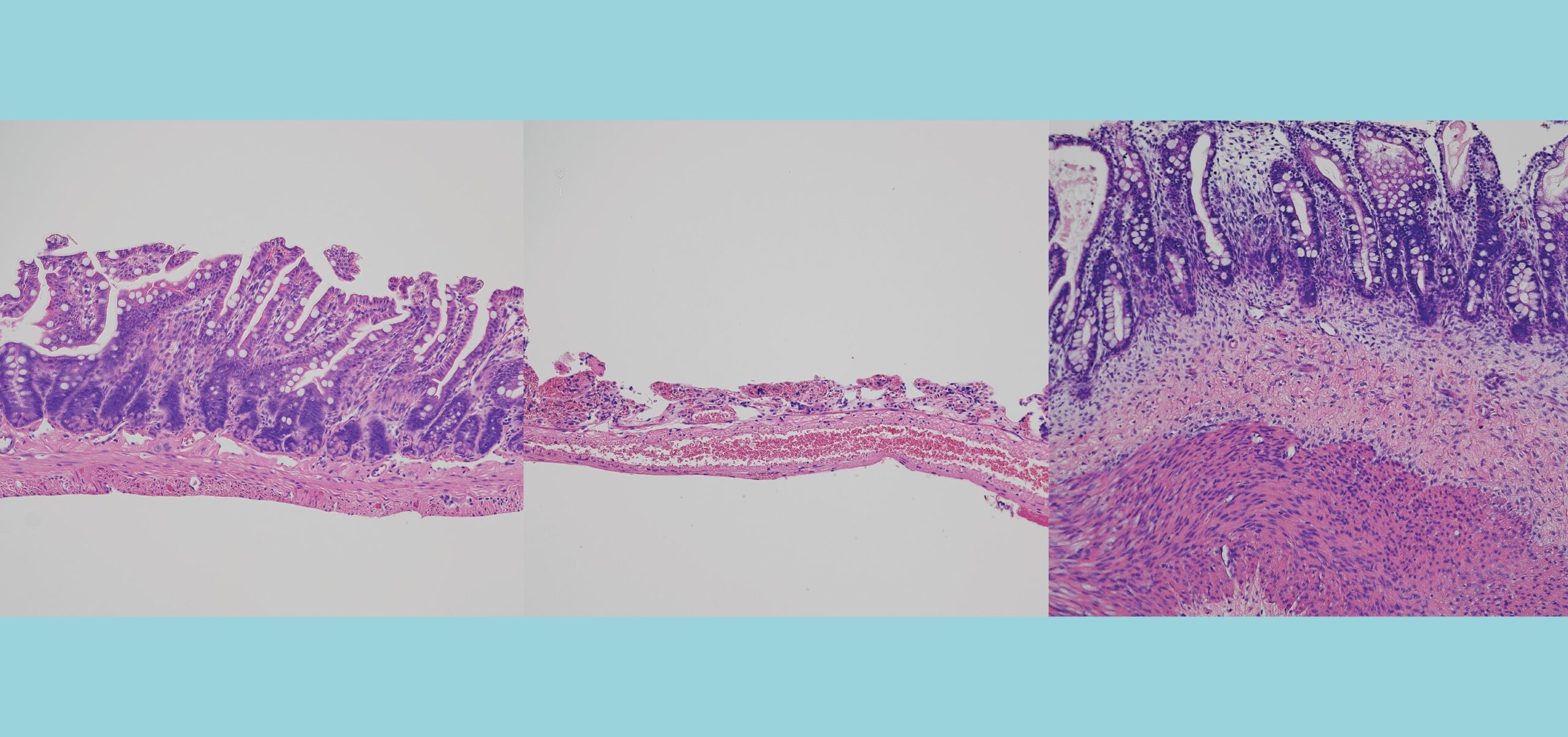How to Cure Jet Lag? Study Mutant Hamsters
Research By: Yin Yeng Lee | Sibel Cal-Kayitmazbatir, PhD | John Hogenesch, PhD
Post Date: April 26, 2022 | Publish Date: April 26, 2022

Circadian medicine experts at Cincinnati Children’s and three contributing centers have discovered a potentially powerful new research tool in the hunt to help people reset their internal clocks after working night shifts or feeling jet lag.
Yes, mutant hamsters.
It’s a story of scientific serendipity that traces its roots back more than 50 years to a time when research groups were inducing gene variations in Syrian (aka Golden) hamsters to study the causes of cardiomyopathy and muscular dystrophy. Turns out, some of the gene variations in those mutant hamsters also resulted the animals having highly unusual biological clocks.
Now, researchers have invested the time and effort into more fully sequencing the genomes of this line of hamsters and the results are shedding new light on previously poorly understood aspects of our internal clocks.
Detailed findings were published online April 26, 2022, PNAS. The co-first authors were graduate student Yin Yeng Lee and research fellow Sibel Cal-Kayitmazbatir, PhD. Senior author was John Hogenesch, PhD, all members of the divisions of Human Genetics and Immunobiology at Cincinnati Children’s. Co-authors also included experts with the University of Massachusetts Amherst, the University of Pennsylvania, and the University of Wisconsin-Madison.
What’s so super about duper?
“This line of mutant hamsters is interesting for two reasons,” Hogenesch says. “First, they can live on a very, very short ‘daily’ period, in fact, the shortest ever recorded in mammals. Second, these mutants’ sense of time of day can be reset very quickly.”
Before this study, the duper mutation was known to exist, but many details about its location and interaction with other genes were unknown. It was discovered initially as a spontaneous mutation of another clock gene mutation called tau. But it took a decade to successfully clone animals with the duper mutation.
Typically, hamster metabolism functions on a normal 24-hour daily clock. But those with the duper mutation live on a 22-hour cycle. Those with a combination of duper and tau mutations — dubbed “super duper” – have an 18-hour cycle, which is the shortest circadian period of locomotor activity so far recorded in mammals, the co-authors state.
More importantly, it is remarkably simple to move the hands around on a duper hamster’s internal clock.
Expose a typical hamster to a 15-minute pulse of light in the middle of its night, the hamster may be annoyed but its internal clock will continue signaling that it’s night-time. Even after 20 days of repeated exposures, the hamsters’ clock will be tricked into shifting only slightly.
Expose a duper hamster – specifically the females — to the same 15-minute light pulse and the hands of their internal clocks spin. Just one 15-minute pulse can cause up to a 12-hour shift in their internal clocks.
The paper details several experiments conducted to determine that the underlying mutation causing the duper effect is a mutation of the gene Cryptochrome 1 (Cry1), which produces a highly unstable CRY1 protein. This was an important discovery because studies in other mammals had already established that the CRY1 protein plays a core role in the circadian clock.
Next steps
Since the early 2000s, the lack of genomic data has caused many labs to stop using Syrian hamsters as animal models. But now, after documenting the wild type and duper hamster’s genome assembly and generating other datasets, the researchers have an animal model with a unique capability of rapidly re-setting its internal clock.
“This will make these hamsters vital to understanding, and potentially treating, sleep disorders and clock-related metabolism disorders,” Hogenesch says. “By isolating the role of the CRY1 protein, it suggests that small molecule inhibitors could one day be developed to help shift workers or people who have bad jet lag.”
| Original title: | duper is a null mutation of Cryptochrome 1 in Syrian hamsters |
| Published in: | PNAS |
| Publish date: | April 26, 2022 |
Research By










